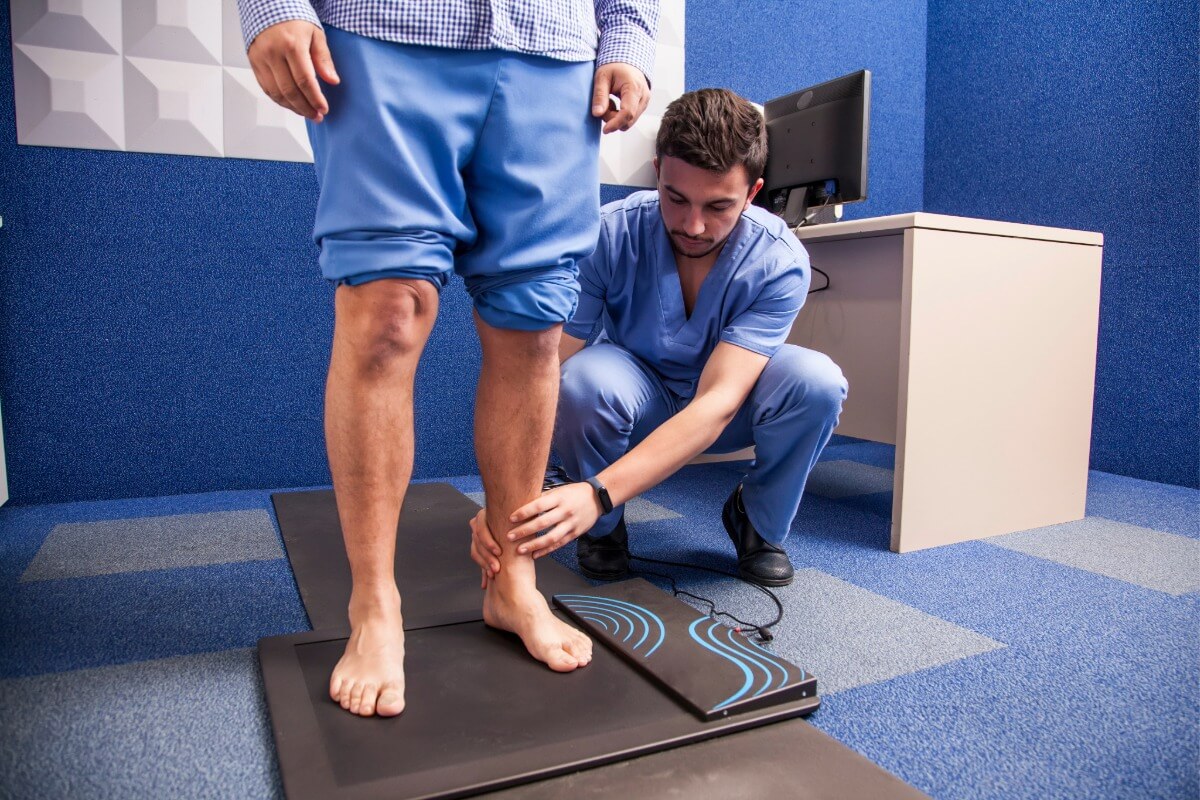Bunionectomy Explained: Treatment Options for Painful Bunions

Bunions, also known as hallux valgus, are bony bumps that develop at the base of the big toe, causing discomfort and sometimes severe pain. For those affected, daily activities like walking can become difficult, making treatment a necessity rather than a choice. In this article, we'll explore what a bunionectomy is, discuss the symptoms of bunions, and provide a detailed look at the treatment options available, including both conservative approaches and surgical procedures like bunionectomy.
What Are Bunions?
Bunions are deformities that form at the joint where the big toe meets the foot. The big toe leans towards the other toes, pushing the joint outward, which creates the characteristic bony lump. Over time, the misalignment worsens and can lead to swelling, irritation, and pain. According to the American Academy of Orthopaedic Surgeons, bunions affect 30% of the population, with women being more susceptible due to footwear choices, like high heels and narrow shoes, that increase pressure on the toes.
Symptoms of Bunions
The symptoms of bunions can vary in severity. Some people may have mild bunions that cause occasional discomfort, while others experience chronic pain and limited mobility. Below are some common symptoms associated with bunions:
- Visible Bump: The most apparent symptom is the bulging bump on the side of the big toe joint.
- Pain and Soreness: Persistent or intermittent pain at the site of the bunion, particularly when walking or wearing tight shoes.
- Swelling and Redness: Inflammation around the affected joint, sometimes accompanied by tenderness.
- Restricted Motion: Limited range of motion in the big toe, making it difficult to flex or straighten the toe.
- Calluses or Corns: These may form where the big toe rubs against the second toe.
- Shoe Discomfort: Wearing shoes becomes increasingly uncomfortable due to the pressure exerted on the bunion.
If you experience any of these symptoms and they affect your daily life, it's essential to seek medical advice.
Treatment Options for Bunions
The treatment for bunions largely depends on the severity of the condition and the level of discomfort experienced. There are several options to consider, ranging from non-surgical methods to surgical intervention, including bunionectomy.
1. Non-Surgical Treatments
Non-surgical approaches are often the first line of defense for mild to moderate bunions. These treatments focus on reducing symptoms and preventing the bunion from worsening.
- Footwear Modifications: Wearing comfortable shoes with a wide toe box can significantly reduce pressure on the bunion. Avoid high heels and pointed shoes to alleviate discomfort.
- Padding and Taping: Special bunion pads or toe spacers can help cushion the affected area, reducing friction and relieving pain.
- Orthotic Devices: Custom orthotics or arch supports can improve foot alignment and reduce the stress on the bunion.
- Medication: Over-the-counter pain relievers such as ibuprofen or acetaminophen can help manage pain and inflammation.
- Physical Therapy: Exercises to strengthen and stretch the foot muscles may improve mobility and reduce discomfort.
- Ice Application: Applying ice to the bunion area can help relieve swelling and discomfort, especially after prolonged periods of standing or walking.
While non-surgical treatments can offer temporary relief, they don’t address the underlying structural issue of the bunion, which may continue to progress over time.
2. Bunionectomy: Surgical Treatment
For severe bunions that cause chronic pain or significant mobility issues, surgery may be the best option. A bunionectomy is the surgical procedure performed to remove the bunion and realign the bones of the big toe.
Types of Bunionectomy
There are several types of bunionectomy, and the choice of procedure depends on the severity of the deformity and the surgeon’s recommendation.
- Osteotomy: This is the most common type of bunion surgery, where the surgeon makes small cuts in the bones to realign the toe.
- Exostectomy: In this procedure, only the bony bump is removed without realigning the bones. It's less invasive but often used for smaller bunions.
- Arthrodesis: For severe cases, this involves fusing the affected joint to eliminate movement and relieve pain.
Surgical Process and Recovery
Bunionectomy typically takes about one to two hours and is performed under general anesthesia or local anesthesia with sedation. After the surgery, patients can expect a recovery period of 6 to 12 weeks, depending on the type of procedure. Physical therapy and careful management of weight-bearing activities are essential during the recovery phase.
Effectiveness of Surgery
Studies show that over 85% of bunionectomy patients experience significant pain relief and improved foot function after surgery. However, it's essential to follow post-operative care instructions carefully to avoid complications, including infection, nerve damage, or recurrence of the bunion.
Conclusion
Bunions can cause significant pain and discomfort, but treatment options ranging from conservative care to surgical intervention offer effective solutions. Non-surgical treatments like footwear changes, orthotics, and medication can manage symptoms, while a bunionectomy provides a long-term solution for severe cases. It's essential to consult with a healthcare provider to determine the best course of action based on the severity of your bunion and your personal circumstances.
If you're experiencing discomfort or pain from a bunion, don't wait for it to worsen. Schedule an appointment with Diablo Foot & Ankle today to discuss your treatment options and take the first step toward relief. Call us at +1 925-464-1982.
Related articles
Request your podiatry consultation now
Fill out our contact form for a prompt call back. Diablo Foot & Ankle: Premier podiatry group in Walnut Creek & Antioch

.svg)

.svg)
.svg)





